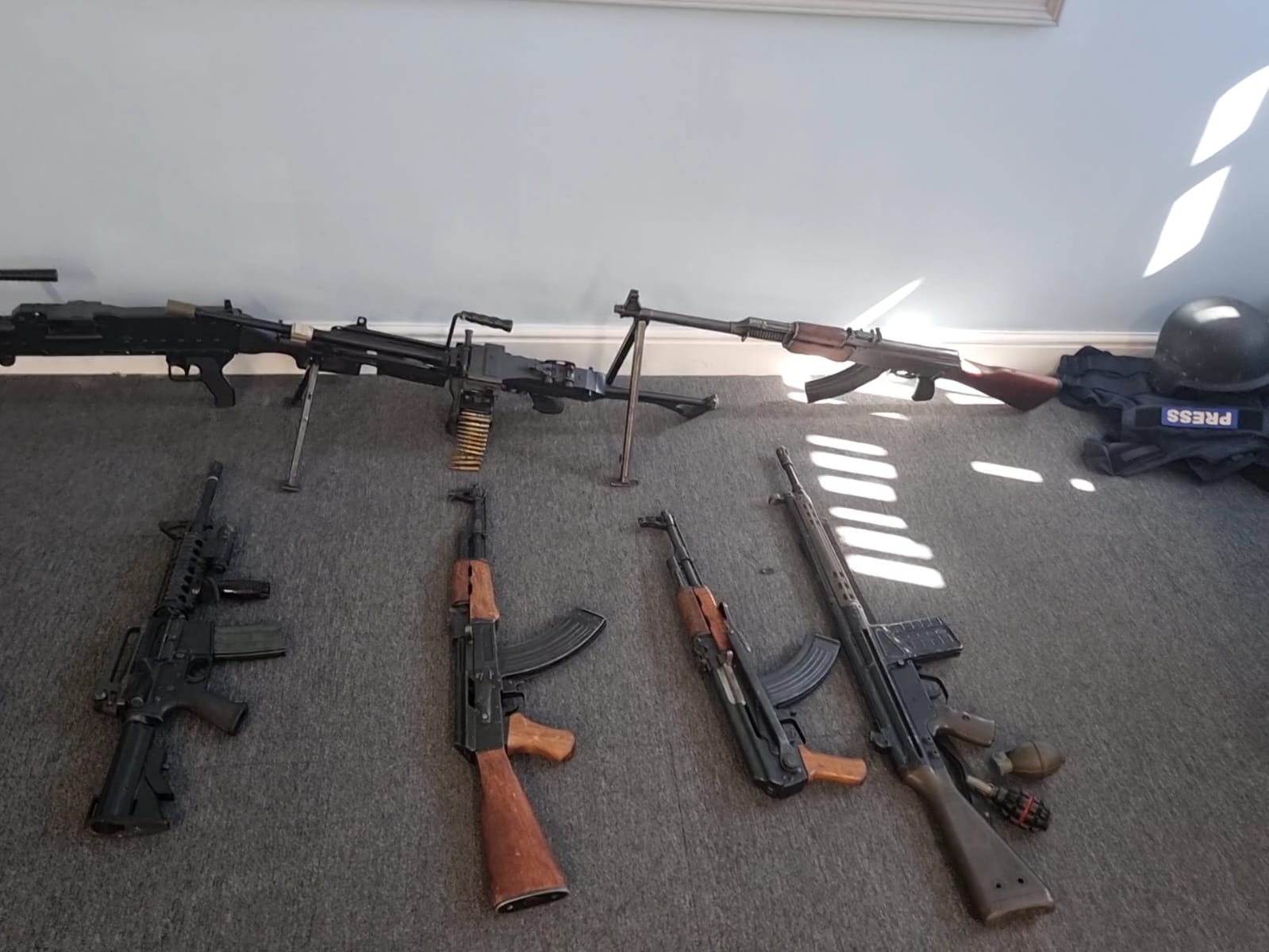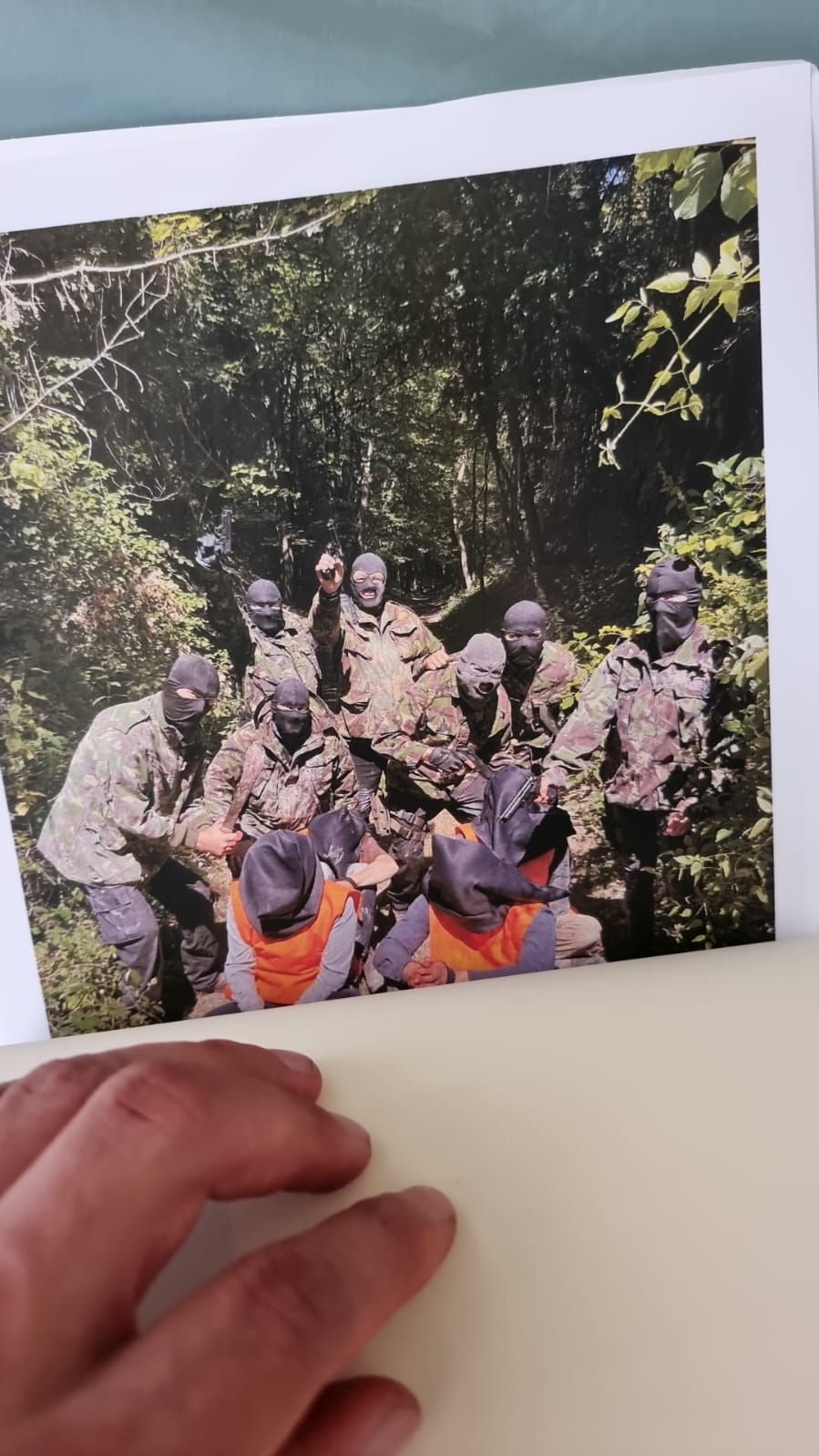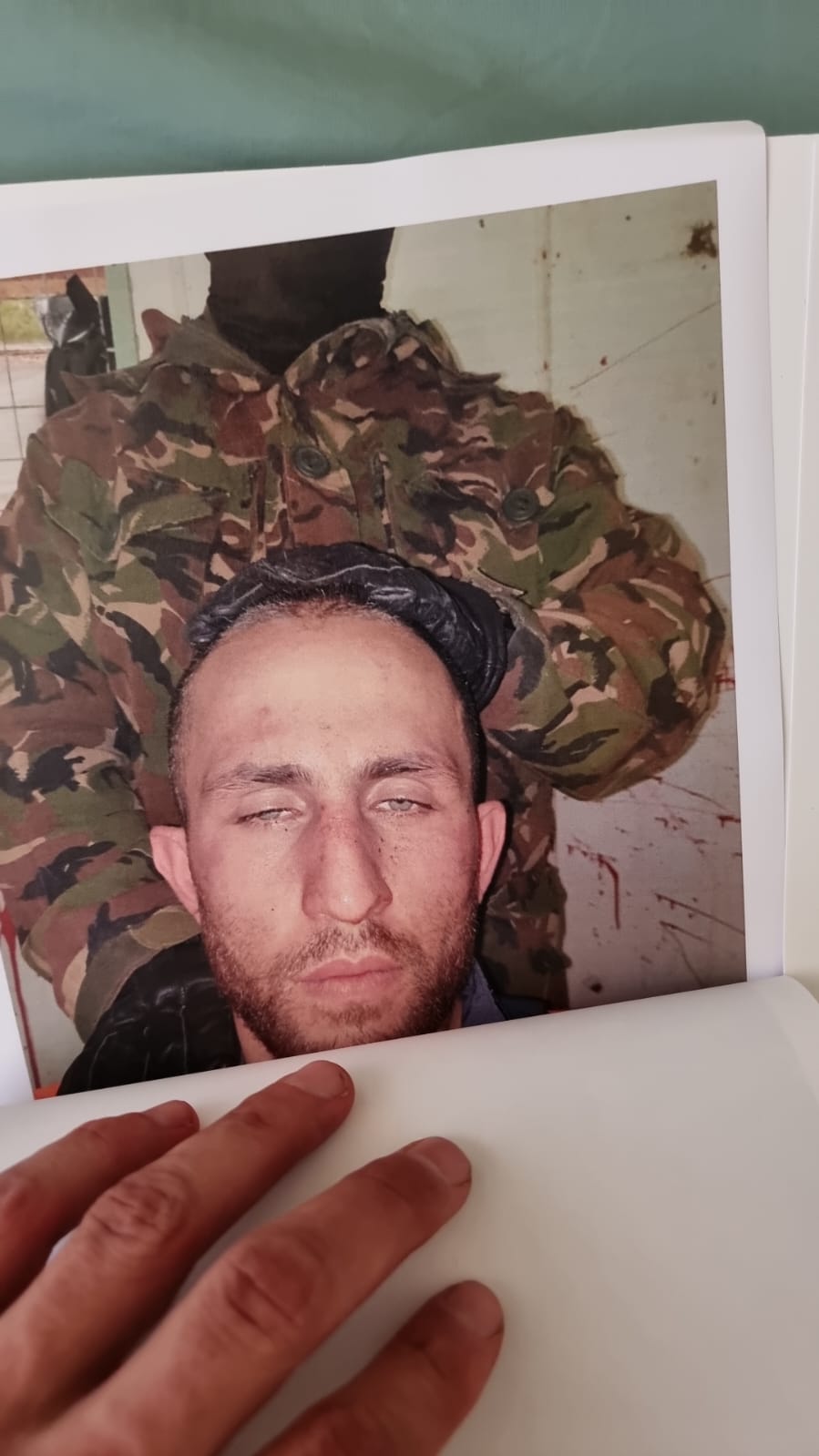People travelling to hostile regions to cover conflict and humanitarian crises, or to expose corruption and human rights violations, face numerous threats. Not only must they consider logistical issues and medical risks, but increasingly must prepare for the threats of intimidation, harassment and violence. This does not wholly focus on people working within journalism it extends to people who travel within regions defined as hostile.
Moreover, as the lines between journalist and citizen reporter become increasingly blurred with the more widespread adoption of social media and use of smartphones, even those not typically identifying as journalists can find themselves exposed to heightened risks. In particular, governments have resorted to comprehensive surveillance measures and means of intimidation in an attempt to thwart freedom of expression and undermine democracy.
This is why there are now options to take on awareness and educational courses which range from 2 to 5 days and providers, of course, vary in quality and experience. In teaching, a person must have experience and knowledge of what they are teaching, even more so when it has consequences for life and limb.
There are several things that are considered essential to being competent or aware which involve the following elements
- THREAT RISK ASSESSMENT AND MITIGATION
- ADVANCED TRAUMA AND FIRST AID TRAINING
- KIDNAP AND HOSTAGE
- VEHICLE SAFETY AND SECURITY
- POST-TRAUMATIC AND ENVIRONMENTAL STRESS
- LANDMINE AND IEDS
- NAVIGATION TECHNIQUES
- WEAPON FAMILIARISATION
- CONFLICT MANAGEMENT
- RADIO AND VOICE COMMUNICATION
Over 4 full days, these are explained in detail and a person's competency is assessed by qualified people from military and intelligence backgrounds.
The days varied on what their main aim was, I took a huge amount away each day. Day 1 being aware of your surroundings, behaviour travelling to and from transport hubs such as safest place in a car which is known statistical from road traffic collisions is to be seated behind the person who is in control of the vehicle directly behind due to being able to see exactly what the driver is doing for example in their door holding space and the difficulty in a driver being able to focus a weapon on you comfortably or the ability for the passenger to unlock the car from the drivers’ door even with child locks on. Position on a commercial flight is statistically rare but being in a position which mostly obscures you from individuals. As well as being close to the exit but not in charge of the emergency as a passenger when sitting in an exit row.
Another day which educated me a lot was a day we had a familiarisation with common weapons in countries we intend to visit, if like me you have not been exposed to several weapons at one time I imagine the majority of people this day was full of knowledge how to handle and how the weapon mechanics worked from loading to shooting there was no live firing as it was not the intent of the course. The aim was to familiarise and be able to understand if a weapon is being used in close proximity to understand how to get away or seek cover in the best possible way depending on what is being used.

The primary focus of my course in my experience was the medical side of things and how to treat a person with lifesaving techniques with life-threatening injuries most common gunshot wounds, and amputation of lower limbs and how to treat them to extend the life and more time to get to an emergency surgery room, these days were heavy in acronyms I will explain them and if followed is paramount to saving the life of the injured person
M ASSIVE HEMORAGGING
must be assessed and addressed rapidly and thoroughly before moving on to the next step. Look for signs of massive bleeding. When you see such signs, apply a tourniquet, positioning it high and tight on the injured limb.
Once finished, re-examine the casualty and look for missed major bleeding, especially in critical areas such as the neck, armpits, and groin.
A IRWAY
After controlling massive haemorrhage, it is important to evaluate airway patency in the trauma patient. Conscious patients should be allowed to assume a position of comfort that facilitates the passage of air. This is especially true for patients with face and jaw injuries. Unconscious patients may require an airway intervention.
Maintaining an open airway is crucial, especially in mass casualty scenarios where those providing aid may have their attention split amongst multiple patients.
R ESPIRATION
When it comes to penetrating thoracic trauma, it is vital that you meticulously check the entire torso, from the umbilicus to the clavicle, including the axillae and any folds of skin.
An open chest wound (sometimes called a “sucking chest wound”) will trap air in the chest, creating a pneumothorax. If too much air builds up, it will create enough pressure to become a tension pneumothorax, which can kill the patient.
Cover open chest wounds with a vented chest seal whenever possible, as they will allow air to escape, but not enter, the chest cavity. If you must use an occlusive chest seal then you must be vigilant in continued patient assessment, as air from damaged bronchi may continue to build up inside the chest.
For the layperson, this means “burping” the dressing to release air. For providers, this means needle decompression,
C IRCULATION
Our primary concern was stopping any life-threatening external haemorrhage and making sure they were still holding.
At this stage, if you suspect a broken pelvis, then it should be stabilised with a splint.
Do a head-to-toe blood sweep with clean hands/gloves. Performing a blood sweep with hands that are already bloody will only mislead you. If your clean-handed sweep yields blood on your fingers or palms, then you must pinpoint the wound site, expose and evaluate it, and take appropriate actions.
Make sure you prepare all necessary equipment, including additional occlusive dressings, bandages, litters, and hypothermia blankets.
H YPOTHERMIA
If a patient has lost blood, they have lost body heat and are already in a deficit. You must interrupt the lethal triad using all of the means at your disposal.
If you aren’t, then you aren’t treating the patient—you are killing them.
So, what should you do? First, minimize your patient’s contact with the elements. Get them out of wet clothes and dress them in something dry. Put them on the litter and wrap them in a hypothermia blanket (if you don’t have a hypothermia blanket, improvise with whatever you can get your hands on).

Behaviour under kidnap
Another day that was full of small bits of information and guidance was behaviour when Kidnapped or attempted kidnapping. There are stats that state 800000+ people are kidnapped each year which differ with motives from political to financial. Which can be avoided or at least lessen the opportunity to become a victim of kidnap, such as behaviour in high-risk locations around the globe. And avoid or behave differently in likely places called pinch points to security professionals, Airport, hotel lobby, and restaurants these are the location where individuals should behave differently and not form habits in any of these locals a habit is 3 times doing the same thing within hostile environments.
Individuals in these locations try to ID victims by profiling people as they come across them a lot of people will likely mirror you and your demeanour and actions. Goes without saying do not draw attention to yourself such as loud, flashy demeanour or wearing or using expensive items, change out items in the country if need be such as local phone and sim. When a hotel or a place of accommodation has been found and you and your party are happy with it there are a few things to enhance your safety when in accommodation. Familiarise yourself with the surroundings and your room such as the layout. Organised gear which allows you to monitor your stuff much more effectively. A means to secure your door, ideally an item specific to secure doors from the inside. Also to understand where exits are and if, needed walk to it and test the door. This allows your brain to understand there is one more exit than what you used to come in which is known as a proven route. Most kidnappings are an opportunistic individuals and often unprofessional as far as kidnappers go and there is such thing as much more professional or competent kidnappers as its an income and often a good one.
If all precautions have been taken this should limit the odds of you being kidnapped but if not there are several things a person can do to reduce harm to themselves. We were told that there are stages of kidnap and the realisation it is happening. This follows as a shock the disbelief it is happening but when this has finished a person should be compliant, helpful be human in allowing emotions to flow fear, and sadness as the kidnapper is also human and will have a family as you do and this may allow the kidnaper to understand you a bit more. But there are limits to this and a victim must set boundaries and not willingly accept to do things that will affect their health in the long term such as telling them to stop hitting you as it hurts again the use of emotions and accepting water that is fouled in or stagnant. This will affect you in the long term due to side effects which will increase dehydration. But accept any offer of water food that will benefit you in the long term but do not store with the hopes it will be ok in the long term as again some issues will arise from this such as attracting vermin.
The process of kidnapping would often be as follows
Abduction
Submission
Initial contact
Negotiation
The wait
There are a lot of things happening in the background but the best thing to do is to be submissive but hopeful and plan for the future as in the long plan the short term take every opportunity to exercise, eat and get sunlight.
SIMULATION
All that I have briefly spoken about led to a full-day scenario-based simulated exercise. The day began by receiving our make-shift passport and emergency contact docs. We set off at 1000 to attend medical training where we stopped at an illegal roadblock with individuals in black clothing and face covered fully armed with replica firearms. The people at the checkpoint forced us out of the car and quizzed us about what we were doing we had a story which we had to follow we were on medical training with a company as we all work in some area that requires this type of training. At first, they focussed on 2 individuals and all we could do was follow their requests as it was a situation that felt as real as it could get. This lasted around 45 minutes and was a shock to the system the individuals all ex-forces and would not be shy to drag you or the other delegates around with a swift hit to the more sensitive areas of the body. As this ended and we were left to go on our way we were brought to a training minefield where we had the opportunity to see if we could identify a minefield which is as hard as it sounds. There are not many tell-tale signs that a mine is in place as well as trip lines apart from extreme caution and environmental signs such as lack of animals, and fruiting trees not being eaten by the wildlife of the area. We were then led to an area to ID IEDs and how creative people in hostile environments have become to catch unsuspecting opposing forces out. Some are downright malicious in children's teddy, books and brightly coloured to trick children into picking them up and then returning home with a butterfly painted on fine pieces of wood all land mines can be triggered with more than 20kg of pressure which is not a lot, also the misconception of mines there is no reason for pressure to be released for it to explode the moment the pin has connected it detonates. The instructor on the course demonstrated this with a small IED and explained shockwaves after it exploded the moment that he began there were several more explosions which led us straight into the 2nd simulation 2 people in the distance had trod on a landmine and we had to put the medical training we had learnt 2 days before in the form of a tourniquet on a missing lower leg and an arm of an individual.
As we rushed to help several individuals ran down the hill and shot at us from a car and we were told to be face down. We did now we have all been kidnapped blacked out goggles and more physical than previous tied our arms together and treated us like dirt from then on which lasted which felt all day but was a short period of around an hour. What we did from then on goes back to the awareness and behaviour we were advised to do previously, such as polite and submissive. We were then attached blindfolded and walked in circles for some time this was to disorientate us and simulate a common behaviour of kidnappers. The group was separated and we were placed into darkened rooms and attached to a chain from a roof and again assaulted by seer individuals and then spoken to the aim of this was for us to expose that we were actually on a course or to get money from us they would ask for bank details of yours and or family this stage they wanted to break us down and we knew it was simulated and would not last forever but it did not feel like this. They knew personal details of my family my travel history and the names of the children in my family. Some would say much more harrowing things, but some would then be nice after 40 minutes of this and me giving them the details they wanted I was let free and told to walk 100 paces across a field in the warm temperatures of the British summer of 2022 hotter than average, as I got to about 30 paces still tied up and blindfolded I was grabbed quite physically around the throat taken back saying I was trying to escape more mind games. For them to give another captive a firearm to place to my head and was forced to fire it I understood that it wasn’t loaded but your mind second-guessed itself yet again they all laughed sat me back down arms stretched above my head and someone pissed on me I understood it was not real piss but it messed with your mind again they
again laughed and dragged me into another room.

In this room, I was the focus of a woman who spoke nicely but in the background, someone was being beaten up with the sound of a generator screaming and people pleading with them with more mind games and more information was needed. I was quizzed again over the same questions to double-check the information which I had given already. This went on for 10 minutes and the interrogate was not happy I was then passed to the other group of interrogators sat me on a chair with my legs spread and 4 people surrounding me two with a machete one with a handgun and one behind me who kept choking me with every wrong answer I gave in there opinion this was the most physical but mind games were also involved such as riddles and this part was where we had to set boundaries the main interrogator offered me water but first he said he will spit everything in the bottle from his mouth with other body fluids and offered it to me I said I would not drink it as that would harm my health in the long term this is the behaviour which was required and then a bottle of water was offered to me again another facet of the training course to be offered something which will help me and I took this opportunity to have the water in my mistake I did not thank them I was then picked up and assaulted for another 30 seconds harder than the previous times. There were some riddles and the machete was placed again me the sensitive region, of a man's body. This felt like the longest phase of the day we were then taken to the room I was in previously and they began firing to simulate killing us. We were then rescued this stuck with me and as we walked off my hands were still in the forward position where they were as I was tied I had to get reminded now it had finished and I then put my hands down.
The main focus of this course is simply awareness and how to improve chances and mitigate risks as much as a person can and how to deal with them when they arise. The course was an eye opener and every day I learnt so much more from golden trainagle comms please look it up to navigational techniques.

